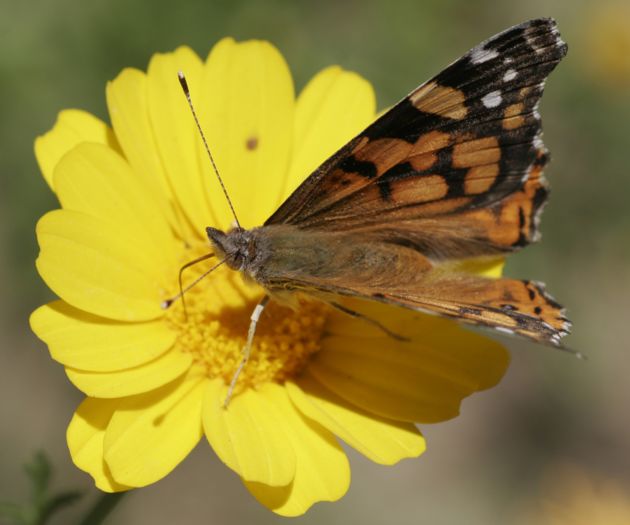California Sees Worst Butterfly Season in 35 Years

Cold and wet conditions have ruined California's butterfly season and could contribute to some species disappearing from the state altogether.
"It has been the worst spring for butterflies of my 35 in California," said Art Shapiro, a professor of evolution and ecology at the University of California, Davis. "There will probably be long-term repercussions, especially for species already in serious decline."
All this just one year after billions of butterflies descended on the state's Central Valley region.
Butterfly populations are half of normal for this time of year at most sites Shapiro monitors. At Gates Canyon near Vacaville, he counted 10 species and 43 individuals on April 18. At the same site on April 19 last year he counted 21 species and 378 butterflies.
The early part of the winter was relatively mild. The lack of cold disrupted the dormant stage, so butterflies did not emerge during a warm stretch in February, Shapiro explained today. Then March turned cold and wet, wiping out the breeding of species that had emerged.
Meanwhile, the deserts of the Southwest were dry, robbing painted lady caterpillars of food. Shapiro and his students have seen only one painted lady in the Davis area in recent weeks, while normally a full migration would be underway by now.
Other species of butterflies—the large marble, sooty wing, Lorquin's admiral and the mourning cloak—suffered major declines in 1999 and have not yet recovered, Shapiro said.
Sign up for the Live Science daily newsletter now
Get the world’s most fascinating discoveries delivered straight to your inbox.
The patterns of decline seen in California match regional declines in frogs and other amphibians, but Shapiro said he has not yet figured out what might be going on.
How to identify painted ladies: They have a wingspan of 2 to 3 inches. They are orange-brown with black and white patches. Males are known to perch on shrubs and patrol during the afternoon in search of receptive females, according to the Northern Prairie Wildlife Research Center. They can live just about anywhere but prefer open or disturbed areas, including gardens, old fields and sand dunes.










